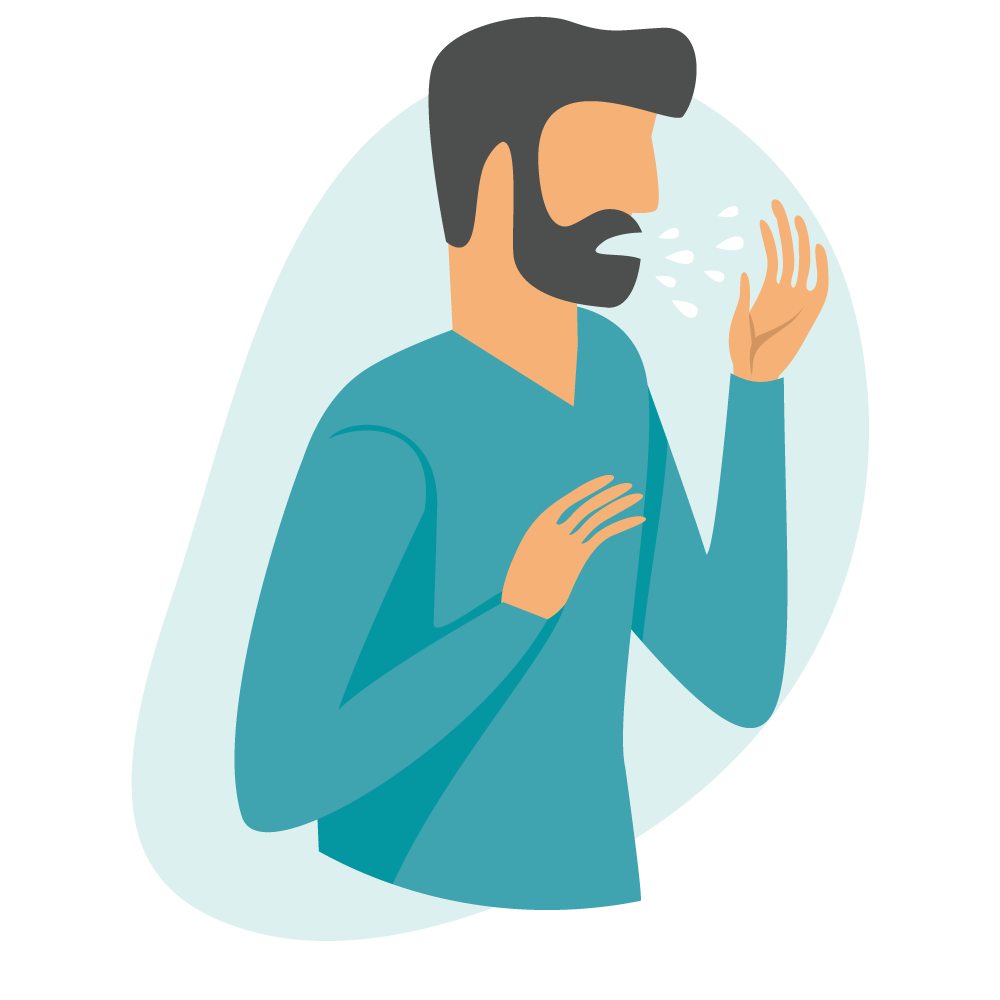The COVID-19 situation is changing rapidly, and it’s important for travelers to be diligent in ensuring their health and safety while on the road. If you’re planning a trip in the near future, this guide will help ensure you have the safest and smoothest trip possible.
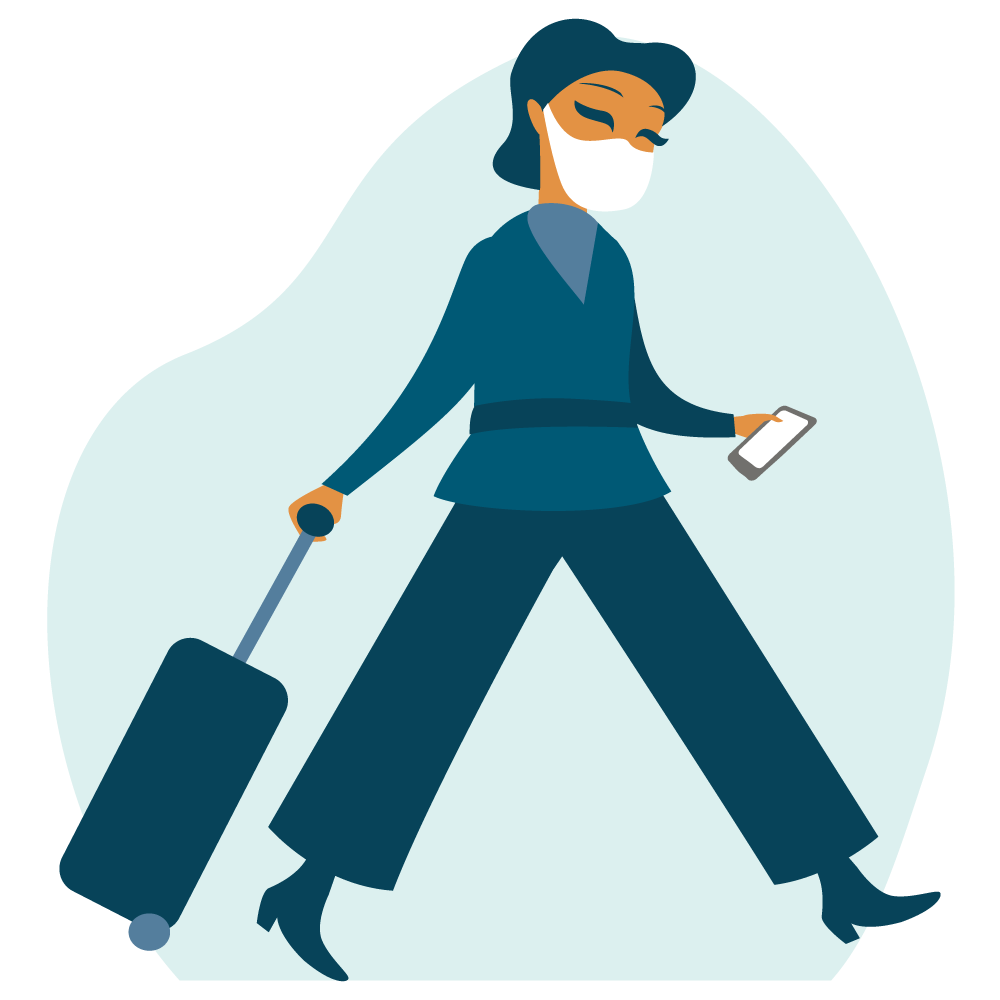
1
Before booking your trip, refer to the CDC’s Guidance on Travel and check on any travel restrictions that may be in place in both your origin and final destinations, as well as the places you may transit on a connecting flight, for instance.
2
Once your travel reservations are confirmed, familiarize yourself with the new health and safety procedures of your airline, accommodations, and other transportation providers. Measures will vary, but expect adjustments to inflight services, check-in options and amenities, as well as new hygiene and sanitizing practices in place for your protection.
3
Expect to wear a face mask throughout most of your journey. Policies and local laws will vary, so be prepared with extra masks to cover your entire stay. Reusable, cloth masks that cover the nose and mouth are recommended.
4
Feel free to pack plenty of hand sanitizer, as new TSA guidelines allow for one liquid hand sanitizer container, up to 12 ounces per passenger, in carry-on bags. Passengers are required to remove the hand sanitizer from the carry-on bag before being submitted for X-ray screening.


5
You may also want to pack disinfecting wipes to wipe down your seat, tray, and often-touched items in your accommodations.
Disposable gloves may also come in handy and may be required at some international airports.
Consider bringing along your own pen to fill out any forms or sign credit card receipts.
6
Pack non-perishable snacks in clear resealable bags for your trip, as many airport lounges and restaurants are closed for the time being. A number of airlines have also suspended or limited in-flight services. Remember to take the food items out and place them in a bin as you go through security.
If you’re unable to bring your own snacks or food, opt for app-based food services, where you can order ahead.
7
Once an award-worthy feat, packing only a carry-on, is now being advised against, and in some cases, prohibited by airlines to allow for better social distancing and minimal contact between passengers.
Where possible, check your luggage using self-drop and self-tag kiosks to avoid using the overhead bin space — just be sure to wipe down any handles after retrieving your luggage from baggage claim.
8
Make sure to pack your company’s emergency and travel contact information, as well as your own medical information and enough medicine to last for at least the duration of your trip.
Confirm any COVID-19 related protocols the offices and locations you’ll be visiting with onsite management.

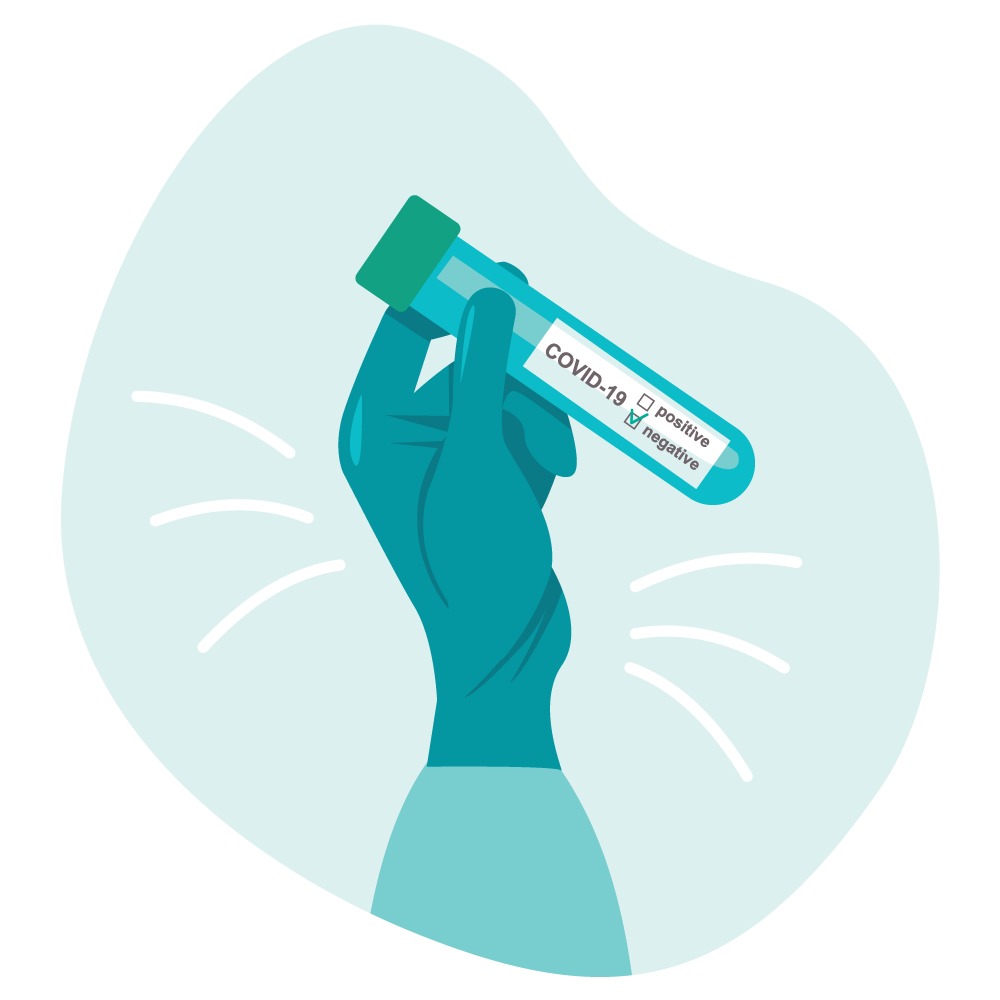
9
Check with the destinations you’ll be visiting, as well as transiting, to ensure a negative COVID-19 certification is not required.
If required, visit your local government’s website for information about testing sites in your area. Review the requirements of both your airline and destinations carefully to ensure you are obtaining your certification in the right time frame.
10
Allow for additional time at the airport, as a result of lower passenger volume carriers, airports, and security are functioning with the reduced staff.
At the airport, and throughout your travels, take note of any COVID-19 signage and requirements. Each airport will have its own unique set of guidelines and procedures. Wear your mask, social distance, and avoid touching surfaces as much as possible.
11
At the airport, expect changes to check-in and security procedures, as well as how you obtain your boarding pass. Where possible, use your phone as your boarding pass and to complete transactions. Be prepared to scan your own boarding pass, as interactions have been revised to be as ‘touchless’ as possible.
During security screening, you’ll need to remove your mask briefly for the agent to confirm your identity.
Try to avoid using the security bins for your personal items; instead, empty your pockets into your carry-on.
12
You may also have your temperature checked as part of the security screening process or prior to boarding. Don’t be alarmed by staff wearing helmets and other PPE, they are equipped to conduct passenger temperature checks.
Some airports and airlines have also implemented rapid COVID-19 testing during the security screening process or pre-boarding.

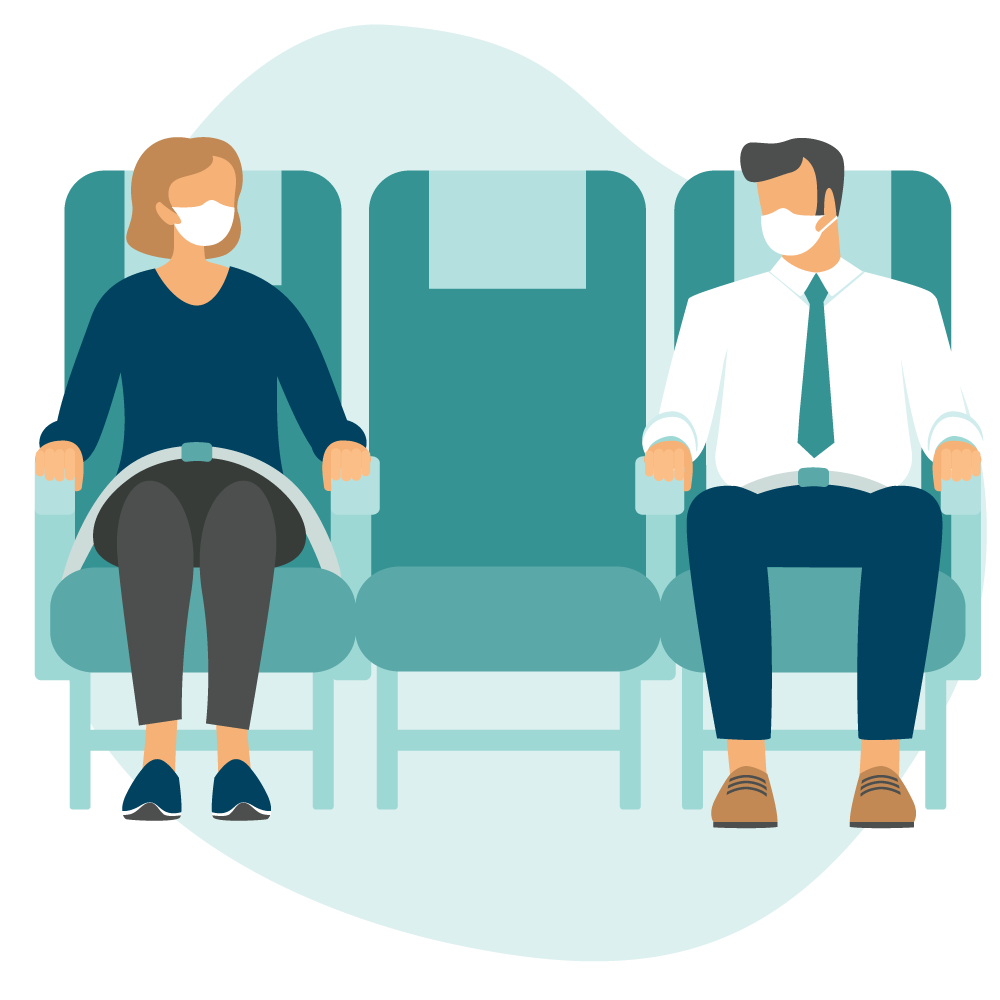
13
Avoid the mad dash to the gate when boarding begins. Most airlines have instituted new boarding procedures, typically boarding by row from the back to the front of the plane, while still honoring pre-boarding for those who need extra assistance or carry elite status. Practice social distancing as you queue up and be sure to wear your face mask!
14
Once onboard, consider sanitizing your space. While airlines have instituted new sanitization procedures between flights, it’s still worth wiping down your area from the arm rests to the tray table and all the way up to the air vents and buttons above you.
Opt to open your air vents all the way, as the more clean air circulating, the better; pack a light sweater or scarf to keep you warm, if necessary.
15
Policies onboard vary from airline to airline; however, passengers are asked to stay seated as much as possible and to avoid lining up in the aisle for the bathroom. Remove your mask only to drink or eat.
16
Choose a rental car company or ride-share service that is adhering to health and safety protocols. Most car services have installed plexiglass or plastic partitions in vehicles, although passengers are still encouraged (and in some cases, required) to wear a mask.
Be sure to check the hours of operation of the location you’ll be picking up a car rental, as many are operating on a reduced scheduled. Once inside your rented vehicle, sanitize high-touch areas like the gear shift, steering wheel and window controls.
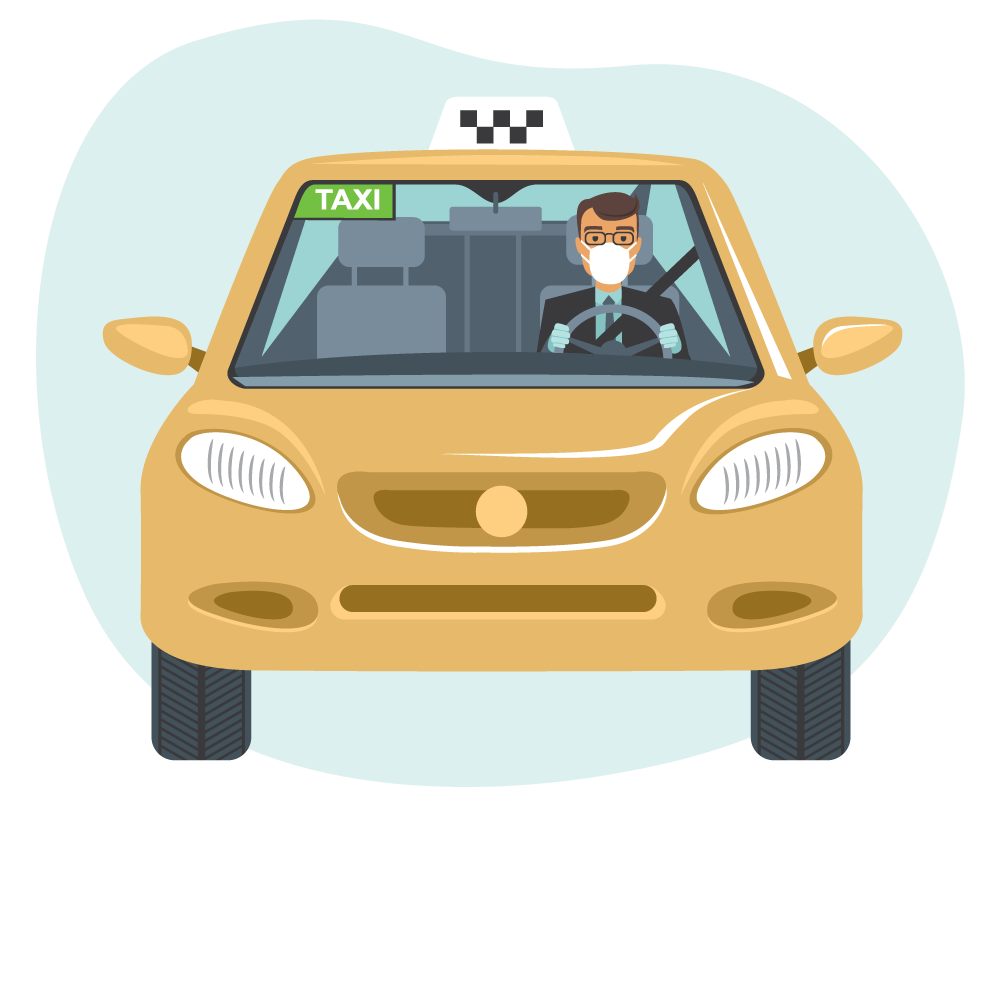
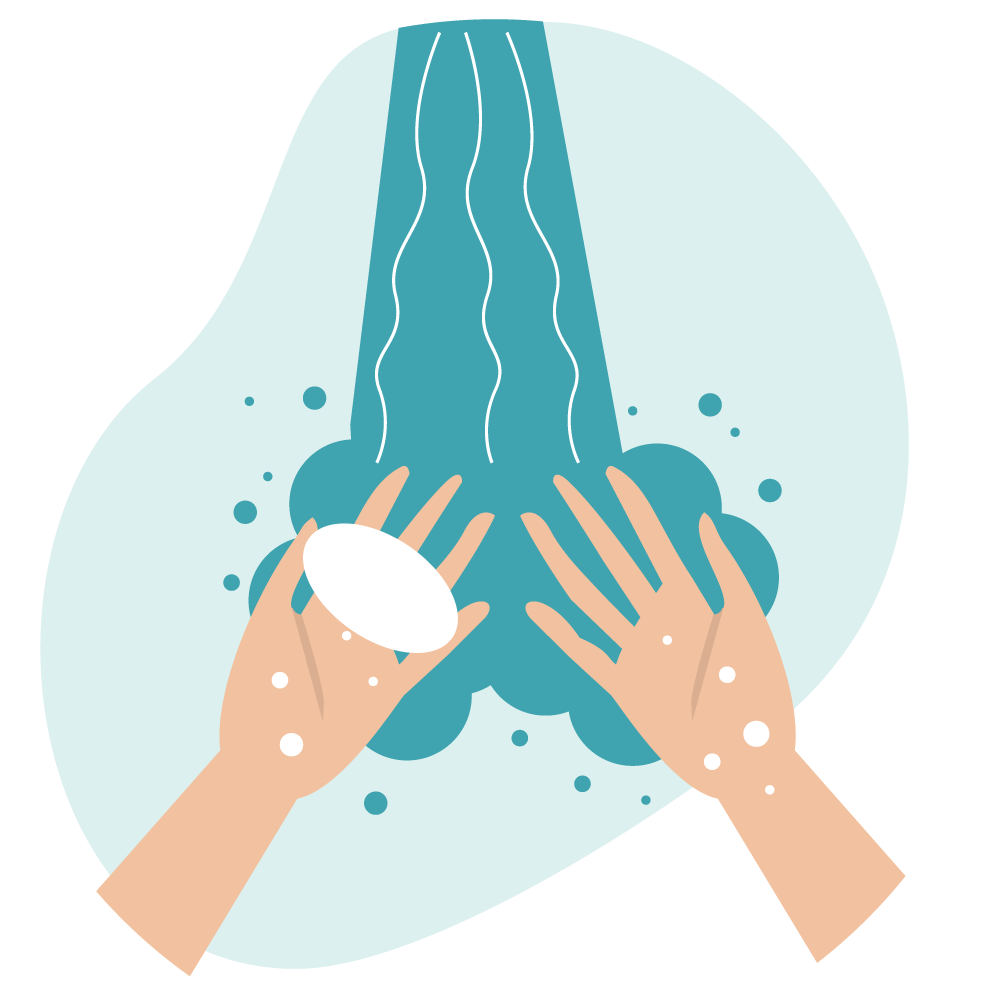
17
Wash your hands! Throughout your journey, keep hand sanitizer on hand for emergencies and be sure to wash your hands as frequently possible, especially when in public places like airports, restaurants, and hotels.
When using public restrooms, avoiding touching surfaces as much as possible. After washing your hands, use a paper towel to touch door knobs or handles.
18
After reviewing the specific health and safety protocols for your hotel, you’ll have a good idea of what new procedures have been implemented.
Once you check-in, wipe down often-touched items like the light switches, remote, and any handles.
Pools, bars, and restaurants may not be open during your stay, so remember to plan accordingly, and if all else fails — order room service or delivery!
19
Remember, your FROSCH Travel Advisor is only a phone call away! Should you be unable travel, quarantined or denied entry to a country, we are here to assist with flight changes, cancellations, last-minute accommodations, and alternative routings.
20
Only travel if you’re well. People with COVID-19 have had a wide range of symptoms reported, ranging from mild symptoms to severe illness. If you exhibit any of the following symptoms, consider postponing your trip and seeking medical attention, where necessary: Fever or chills, Cough, Shortness of breath or difficulty breathing, Fatigue, Muscle or body aches, Headache, New loss of taste or smell, Sore throat, Congestion or runny nose, Nausea, Vomiting, or Diarrhea.
